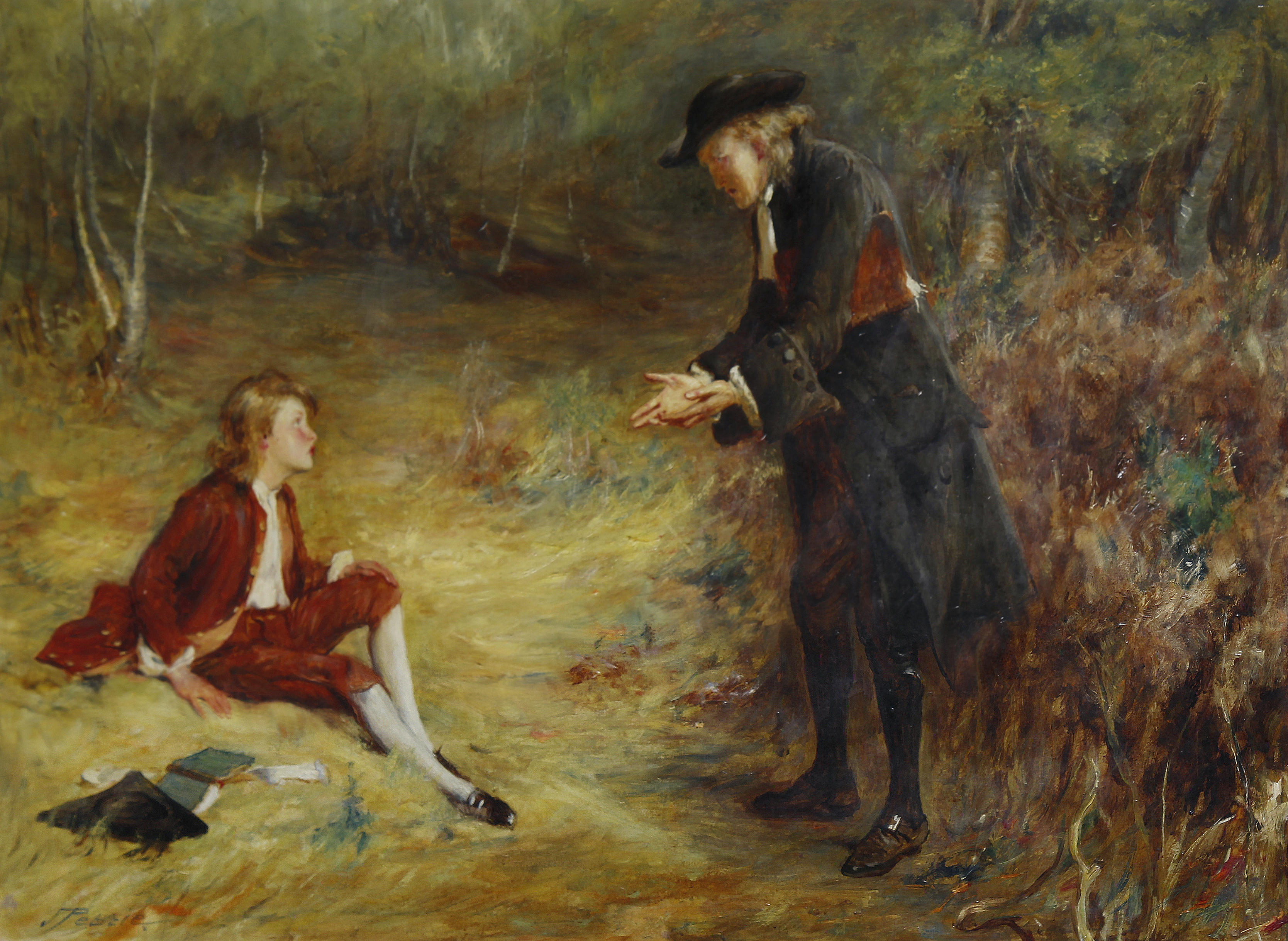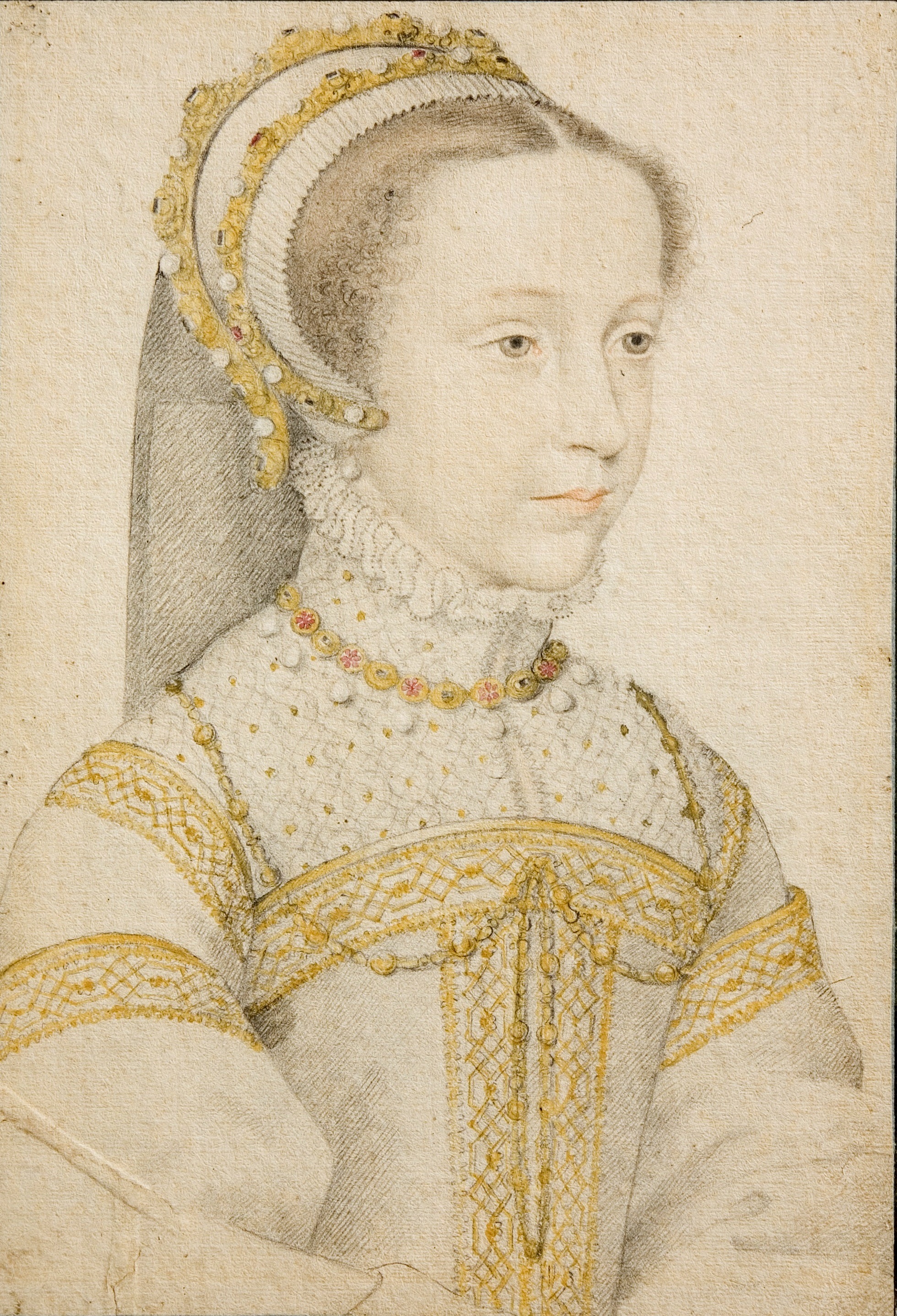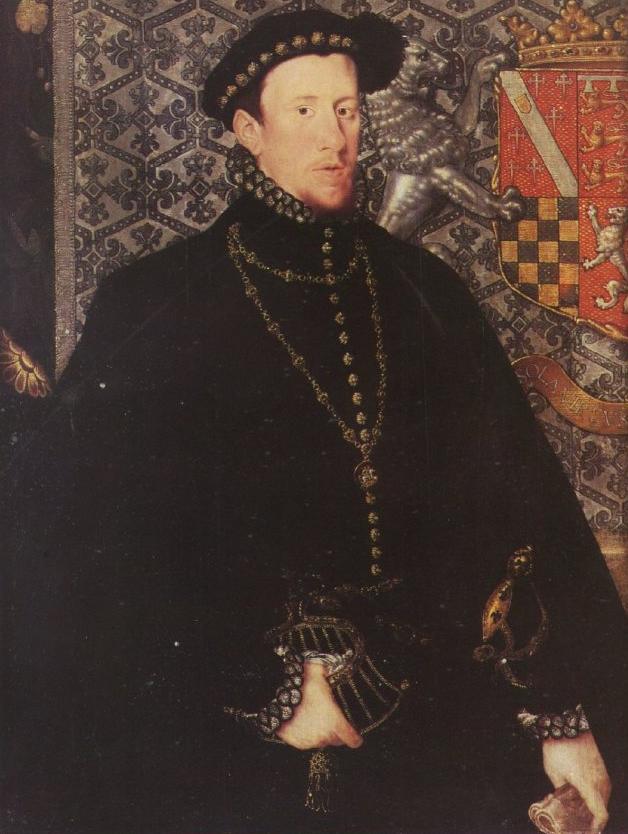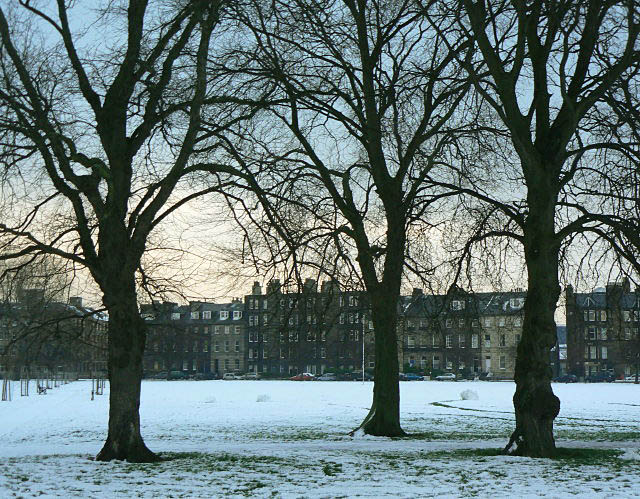|
Lords Of The Congregation
The Lords of the Congregation (), originally styling themselves the Faithful, were a group of Protestant Scottish nobles who in the mid-16th century favoured a reformation of the Catholic church according to Protestant principles and a Scottish-English alliance. The Confederate Lords were nobles who opposed Mary, Queen of Scots, after she married the Earl of Bothwell. Historical events In December 1557 a group of Scottish lords opposed the marriage of Mary, Queen of Scots to the Dauphin of France (who became King Francis II of France from 1559 to 1560). The group signed the "First Band" or Covenant to work to make Scotland Protestant. The initial members were the Earl of Argyll, his brother Colin Campbell, the Earl of Glencairn, the Earl of Morton, and John Erskine of Dun, though others, such as William Douglas of Whittinghame quickly followed. Following religious riots in Perth, the Lords gained support and provided military help to John Knox in opposing the troops of ... [...More Info...] [...Related Items...] OR: [Wikipedia] [Google] [Baidu] |
Preaching Of Knox Before The Lords Of The Congregation
A sermon is a religious discourse or oration by a preacher, usually a member of clergy. Sermons address a scriptural, theological, or moral topic, usually expounding on a type of belief, law, or behavior within both past and present contexts. Elements of the sermon often include Expository preaching, exposition, exhortation, and practical application. The act of delivering a sermon is called preaching. In secular usage, the word ''sermon'' may refer, often disparagingly, to a lecture on morals. In Christianity, Christian practice, a sermon is usually preached to a church (congregation), congregation in a place of worship, either from an elevated architectural feature, known as a pulpit or an ambon (liturgy), ambo, or from behind a lectern. The word ''sermon'' comes from a Middle English word which was derived from Old French, which in turn originates from the Latin word meaning 'discourse.' A ''sermonette'' is a short sermon (usually associated with television broadcasting, as ... [...More Info...] [...Related Items...] OR: [Wikipedia] [Google] [Baidu] |
Mary Of Guise
Mary of Guise (; 22 November 1515 – 11 June 1560), also called Mary of Lorraine, was List of Scottish royal consorts, Queen of Scotland from 1538 until 1542, as the second wife of King James V. She was a French people, French noblewoman of the House of Guise, a cadet branch of the House of Lorraine and one of the most powerful families in Kingdom of France, France. As the mother of Mary, Queen of Scots, she was a key figure in the political and religious upheaval that marked mid-16th-century Kingdom of Scotland, Scotland, ruling the kingdom as List of regents#Scotland, queen regent on behalf of her daughter from 1554 until her death in 1560. The eldest of the twelve children born to Claude, Duke of Guise, and Antoinette of Bourbon, in 1534 Mary was married to Louis II d'Orléans, Duke of Longueville, the Grand Chamberlain of France. The marriage was arranged by King Francis I of France, but proved shortlived. The Duke of Longueville died in 1537, and the widower kings of Kingd ... [...More Info...] [...Related Items...] OR: [Wikipedia] [Google] [Baidu] |
Treaty Of Berwick (1560)
The Treaty of Berwick was negotiated on 27 February 1560 at Berwick-upon-Tweed. It was an agreement made by the representative of Queen Elizabeth I of England, the Duke of Norfolk, and a group of Scottish nobles, the Lords of the Congregation. The treaty set the terms under which an English fleet and army would come to Scotland to expel the French troops who were defending the Regency of Mary of Guise. The Lords were trying both to expel the French and to effect the Scottish Reformation, and this led to rioting and armed conflict. England and the Scottish Lords of the Congregation The leader of the Lords of the Congregation was the Duke of Chatelherault. He had formerly been Regent, but in this treaty was described as "second person", meaning that he was heir to the throne after the 17-year-old Mary, Queen of Scots. His representatives at Berwick were James Stewart, 1st Earl of Moray, Patrick, Lord Ruthven, Sir John Maxwell of Terregles, William Maitland younger of Lethin ... [...More Info...] [...Related Items...] OR: [Wikipedia] [Google] [Baidu] |
Joseph Stevenson
Joseph Stevenson (27 November 1806 – 8 February 1895) was an English Church of England and later Catholic priest, archivist and editor of historical texts. Early life Joseph Stevenson was born on 27 November 1806 in Berwick-on-Tweed, the eldest son of Robert Stevenson, surgeon, and his wife, Elizabeth Wilson. His parents were Presbyterians. Growing up, he occasionally accompanied an uncle on smuggling expeditions across the border. He was educated first at Witton-le-Wear (County Durham), and then at Durham School, under James Raine; where he was usually near the bottom of his class and at one time kept a loaded pistol among his effects which went off in the hands of a servant with dramatic although not deadly consequences. Afterwards he studied Latin and Greek at the University of Glasgow but made little progress and eventually returned to Berwick to pursue a vocation with the Church of Scotland. Career Moving to London, Stevenson found work in 1831 at the British Museum ... [...More Info...] [...Related Items...] OR: [Wikipedia] [Google] [Baidu] |
James Hamilton, 3rd Earl Of Arran
James Hamilton, 3rd Earl of Arran (1537–1609) was a Scottish nobleman and soldier who opposed the French-dominated regency during the Scottish Reformation. He was the eldest son of James Hamilton, Duke of Châtellerault, sometime regent of Scotland. He was of royal descent, and at times was third or fourth in succession to the Scottish crown; several royal marriages were proposed for him, but he ultimately never married. He went to France with Mary, Queen of Scots, where he commanded the Scots Guards. After returning to Scotland, he became a leader of the Protestant party against Mary and her French supporters. However, he went insane in 1562 and was confined for the rest of his life. Birth and origins James Hamilton may have been born in 1537 or 1538, another source suggests a date in 1532. His place of birth probably was Hamilton, Lanarkshire. He was the eldest son of James Hamilton and his wife Lady Margaret Douglas. His father was the 2nd Earl of Arran and was create ... [...More Info...] [...Related Items...] OR: [Wikipedia] [Google] [Baidu] |
Articles Of Leith
The Articles of Leith were the terms of truce drawn up between the Protestant Lords of the Congregation and Mary of Guise, Regent of Scotland and signed on 25 July 1559. This negotiation was a step in the conflict that led to the Scottish Reformation. Although its immediate effect was the withdrawal of Protestant forces from Edinburgh, subsequent disputes over the content and observance of the treaty fuelled the crisis in Scotland. The Reformation crisis Following religious riots which began at Perth, the Protestant Lords had taken up arms against Mary of Guise and the French troops that supported her rule in Scotland. The Lords occupied Edinburgh in June 1559, taking Holyroodhouse and seizing the coining equipment from the Scottish Mint. News came that Henry II of France had died, which cheered John Knox who supposed this might halt further French intervention. However, a Catholic army approached from Dunbar, and the Captain of Edinburgh Castle, Lord Erskine, declared for the ... [...More Info...] [...Related Items...] OR: [Wikipedia] [Google] [Baidu] |
Edinburgh Castle
Edinburgh Castle is a historic castle in Edinburgh, Scotland. It stands on Castle Rock (Edinburgh), Castle Rock, which has been occupied by humans since at least the Iron Age. There has been a royal castle on the rock since the reign of Malcolm III of Scotland, Malcolm III in the 11th century, and the castle continued to be a royal residence until 1633. From the 15th century, the castle's residential role declined, and by the 17th century it was principally used as a military garrison. Its importance as a part of Scotland's national heritage was recognised increasingly from the early 19th century onwards, and various restoration programmes have been carried out over the past century and a half. Edinburgh Castle has played a prominent role in History of Scotland, Scottish history, and has served variously as a Palace, royal residence, an arsenal, a treasury, a national archives, national archive, a Mints of Scotland, mint, a prison, a military fortress, and the home of the Honou ... [...More Info...] [...Related Items...] OR: [Wikipedia] [Google] [Baidu] |
Robert Lindsay Of Pitscottie
Robert Lindsay of Pitscottie (also Lindesay or Lyndsay; c. 1532–1580) was a Scottish chronicler, author of ''The Historie and Chronicles of Scotland, 1436–1565'', the first history of Scotland to be composed in Scots rather than Latin. Biography Of the family of the Lindsays of the Byres, a grandson of Patrick Lindsay, 4th Lord Lindsay, Robert was born at Pitscottie, in the parish of Ceres, Fife, which he held in lease at a later period. His ''Historie'', the only work by which he is remembered, is described as a continuation of that of Hector Boece, translated by John Bellenden. Although it sometimes degenerates into a mere chronicle of short entries, it is not without passages of great picturesqueness. Sir Walter Scott made use of it in his narrative poem '' Marmion''; and, in spite of its inaccuracy in details, it is useful for the social history of the period. Lindesay's share in the ''Historie'' was generally supposed to end with 1565; but Dr Aeneas Mackay c ... [...More Info...] [...Related Items...] OR: [Wikipedia] [Google] [Baidu] |
James Hamilton, 2nd Earl Of Arran
James may refer to: People * James (given name) * James (surname) * James (musician), aka Faruq Mahfuz Anam James, (born 1964), Bollywood musician * James, brother of Jesus * King James (other), various kings named James * Prince James (other) * Saint James (other) Places Canada * James Bay, a large body of water * James, Ontario United Kingdom * James College, a college of the University of York United States * James, Georgia, an unincorporated community * James, Iowa, an unincorporated community * James City, North Carolina * James City County, Virginia ** James City (Virginia Company) ** James City Shire * James City, Pennsylvania * St. James City, Florida Film and television * ''James'' (2005 film), a Bollywood film * ''James'' (2008 film), an Irish short film * ''James'' (2022 film), an Indian Kannada-language film * "James", a television episode of ''Adventure Time'' Music * James (band), a band from Manchester ** ''James'', US ... [...More Info...] [...Related Items...] OR: [Wikipedia] [Google] [Baidu] |
Fife, Scotland
Fife ( , ; ; ) is a council areas of Scotland, council area and lieutenancy areas of Scotland, lieutenancy area in Scotland. A peninsula, it is bordered by the Firth of Tay to the north, the North Sea to the east, the Firth of Forth to the south, Perth and Kinross to the west and Clackmannanshire to the south-west. The largest settlement is the city of Dunfermline, and the administrative centre is Glenrothes. The area has an area of and had a resident population of in , making it Scotland's largest local authority area by population. The population is concentrated in the south, which contains Dunfermline, Kirkcaldy and Glenrothes. The north is less densely populated, and the largest town is St Andrews on the north-east coast. The area is governed by the unitary Fife Council. It covers the same area as the Counties of Scotland, historic county of the same name. Fife was one of the major Picts, Pictish monarchy, kingdoms, known as ''Fib'', and is still commonly known as the ... [...More Info...] [...Related Items...] OR: [Wikipedia] [Google] [Baidu] |
Cupar Muir
Cupar Muir or Cuparmuir is a hamlet or small village situated just outside the town of Cupar, Fife. Lying around north of Edinburgh, it had a population of around 229 in 2011. The settlement was primarily developed around quarrying of stone, but is better known for a 1559 confrontation between the French troops of Mary of Guise and the Protestant forces of the Lords of the Congregation. History On some early maps, Cupar Muir can be found labelled as Brighton after the Brighton Brick and Tile works which were once a prominent feature found to the south of the hamlet. These were opened in 1837 by Archibald Mitchell, so named after John Bright with whom Mitchell shared his politics, and he was joined soon after by his business partner Henry Duncan. The works were at one point considered extensive, and employed around 30 people in the mid-1850s. By 1909, the works had been closed for "some time," and in 1936 the associated Fife Brick and Tile Company was dissolved. On the site of t ... [...More Info...] [...Related Items...] OR: [Wikipedia] [Google] [Baidu] |
David Laing (antiquary)
David Laing LLD (20 April 1793 – 18 October 1878) was a Scottish antiquary. Life Laing was born on 20 April 1793, the son of William Laing (1761–1831), a bookseller in Edinburgh, and his wife Helen Kirk. They lived and worked from the head of Chessels Court on the Canongate. He was educated at Canongate Grammar School and then attended the University of Edinburgh. At the age of 14 he was apprenticed to his father. They formed W & D Laing Booksellers at 49 South Bridge, living at Ramsay Lodge at 66 Lauriston in 1830. Shortly after the death of his father in 1837, Laing was elected to be Librarian of the Signet Library replacing Macvey Napier, a post he retained until his death. Apart from general bibliographical knowledge, Laing was best known as a student of the literary and artistic history of Scotland. In 1864 he was awarded an honorary doctorate (LLD) by the University of Edinburgh. Laing was struck with paralysis in October 1878 while in the Signet Librar ... [...More Info...] [...Related Items...] OR: [Wikipedia] [Google] [Baidu] |








